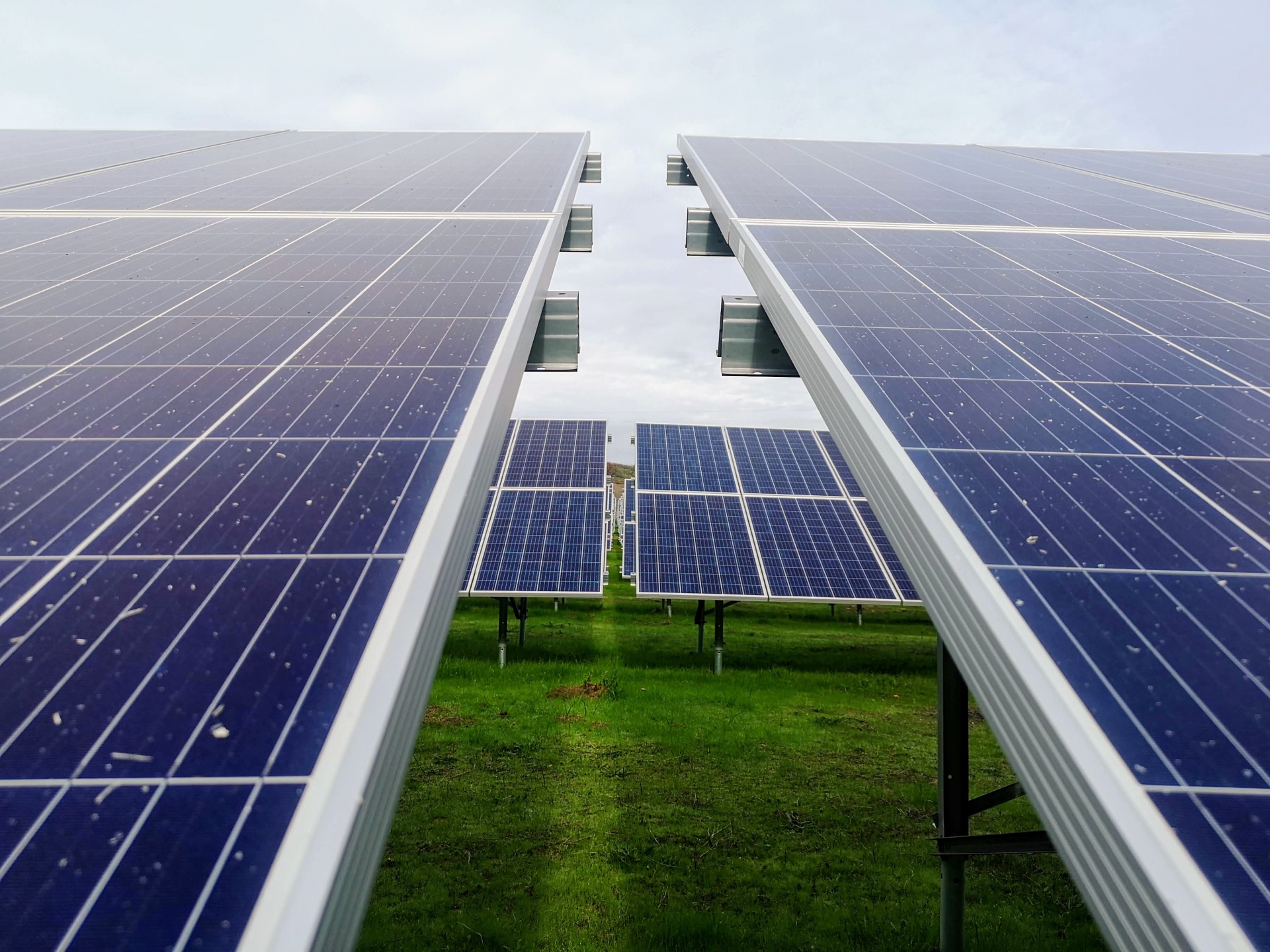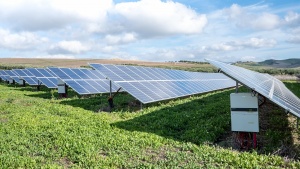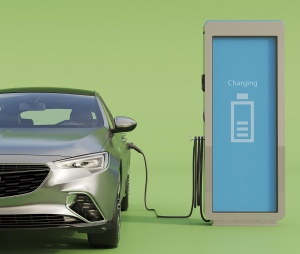Southeast Asia's $100 billion opportunity for green mobility, clean power
 |
According to the new report, "Renewable Energy Manufacturing: Opportunities for Southeast Asia," the region's solar photovoltaic (PV) cells, battery, and electric two-wheeler industries presents an estimated $90 billion to $100 billion revenue opportunity by 2030, with a potential six million renewable energy jobs to be created by 2050.
The report is by Asian Development Bank, Bloomberg Philanthropies, ClimateWorks Foundation, and Sustainable Energy for All, and explores how to support the development of the clean energy manufacturing sector in Southeast Asia and help countries reap its immense economic potential while mitigating the impacts of climate change.
Accordingly, solar PV manufacturing capacity in Southeast Asia is largely concentrated in cells and modules, with the potential to achieve an aspirational capacity of 125–150GW module capacity by 2030.
Southeast Asia is deemed as a solar PV manufacturing hub with 2–3 per cent of the world’s polysilicon and wafer capacity and 9–10 per cent of the world’s cells and modules capacity. Production is concentrated in four countries: Vietnam, Laos, Cambodia, and Thailand.
According to countries’ power development plans, solar installed capacity in the region is expected to grow from 25GW in 2021 to 52GW in 2030, with an average annual capacity addition of about 3GW over the period. While the region’s module supply capacity is expected to grow as well, demand for imports might persist in individual countries with a smaller manufacturing footprint.
There is likely further room to encourage renewables deployment through policy. In the region, only Vietnam scores a ‘high’ on the World Bank’s Regulatory Indicators for Sustainable Energy score for renewable energy, suggesting that solar PV demand could further increase among countries that pursue regulations to promote adoption.
In addition, there is potential for Southeast Asia to develop a regional battery manufacturing value chain, increase national and regional demand, and establish itself as a regional and global export hub, producing 140-180GWh of battery cells by 2030.
In Vietnam, the growth of electric vehicles is the main driver of battery demand due to the high vehicle demand and the potential for vehicle electrification.
Meanwhile, assembly capacity for electric-two wheelers in Southeast Asia is 1.4–1.5 million units per annum, with the potential to reach four million units by 2030. For instance, Vietnam is projected to realise 15 per cent electric-two wheeler penetration by 2030, rising to 100 per cent in the following decade were the country to realise its target of 100 per cent electric-two wheeler sales penetration by 2040
 | Vietnam fuels renewable energy shift Vietnam's Ministry of Industry and Trade has put forth innovative measures for direct electricity purchases, bypassing conventional channels and potentially accelerating the country's transition to renewable energy sources. |
 | Southeast Asia's EV market primed for growth Southeast Asia's electric vehicle (EV) sector, led by both foreign and local manufacturers such as Wuling, Volvo, and VinFast, is poised for significant growth, with a rising demand for supporting infrastructure, increasing investments, government incentives, and a potential leadership role in the global lithium-ion battery supply chain. |
 | Funding for climate tech startups in Southeast Asia hits record high in 2022 Climate tech startups are creating a buzz in the Southeast Asia region thanks to a trend towards sustainable development. |
What the stars mean:
★ Poor ★ ★ Promising ★★★ Good ★★★★ Very good ★★★★★ Exceptional
Related Contents
Latest News
More News
- TCP Group partner with VNUS to launch water conservation project (December 25, 2025 | 14:00)
- Heavy industries set for pilot greenhouse gas quotas (December 25, 2025 | 10:00)
- Swedfund invests in MSME growth and climate action in Vietnam (December 19, 2025 | 11:42)
- GreenYellow brings solar energy to light up remote schools in Tuyen Quang province (December 19, 2025 | 08:00)
- Charge+, Grab partner to develop EV charging network in Vietnam (December 18, 2025 | 17:11)
- Linking sci-tech and innovation to Vietnam’s net-zero future (December 18, 2025 | 14:31)
- Driving double-digit growth through green and circular transformation in Vietnam (December 17, 2025 | 09:00)
- Standard Chartered and ACCA deepen collaboration to develop Vietnam’s talent for a sustainable future (December 15, 2025 | 18:18)
- Schaeffler reports strong early output from Dong Nai solar project (December 12, 2025 | 15:16)
- Forestry conference highlights biodiversity and sustainability goals (December 09, 2025 | 13:35)

 Tag:
Tag:



















 Mobile Version
Mobile Version